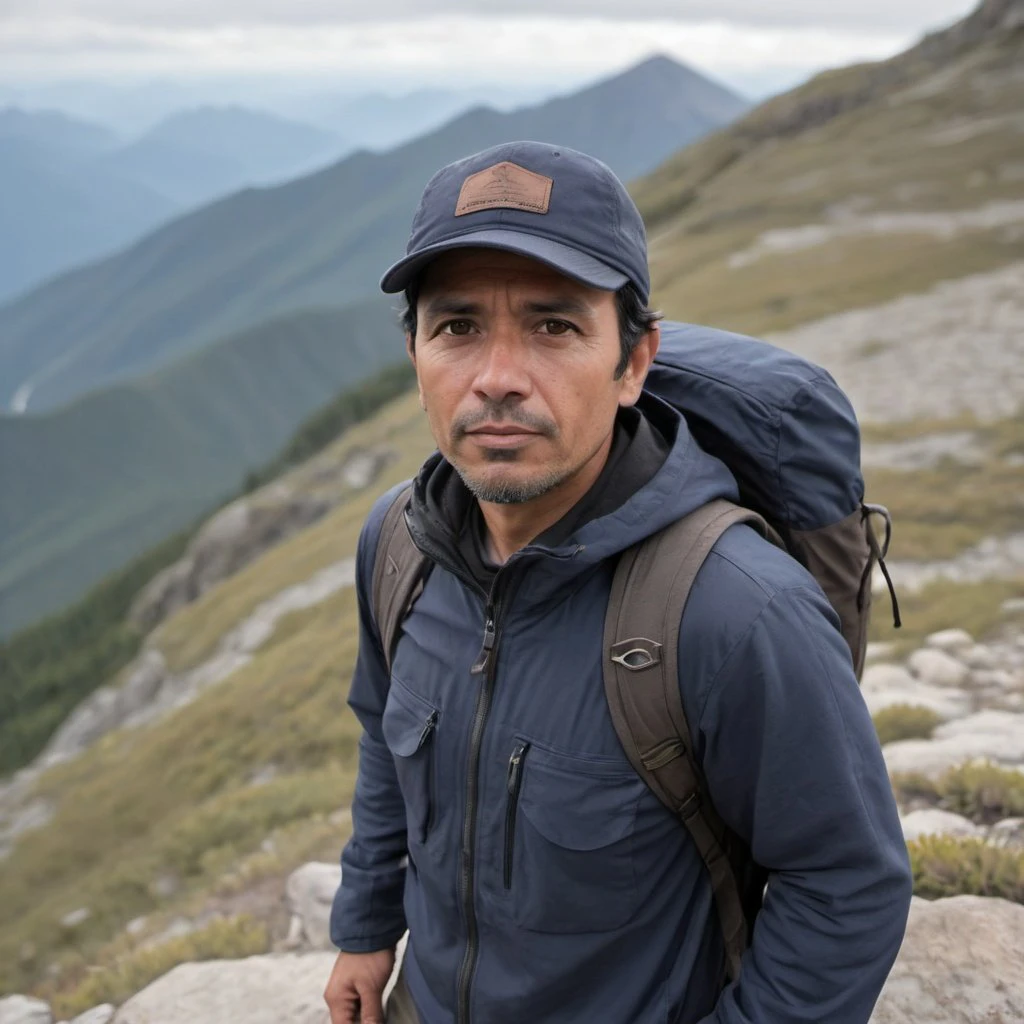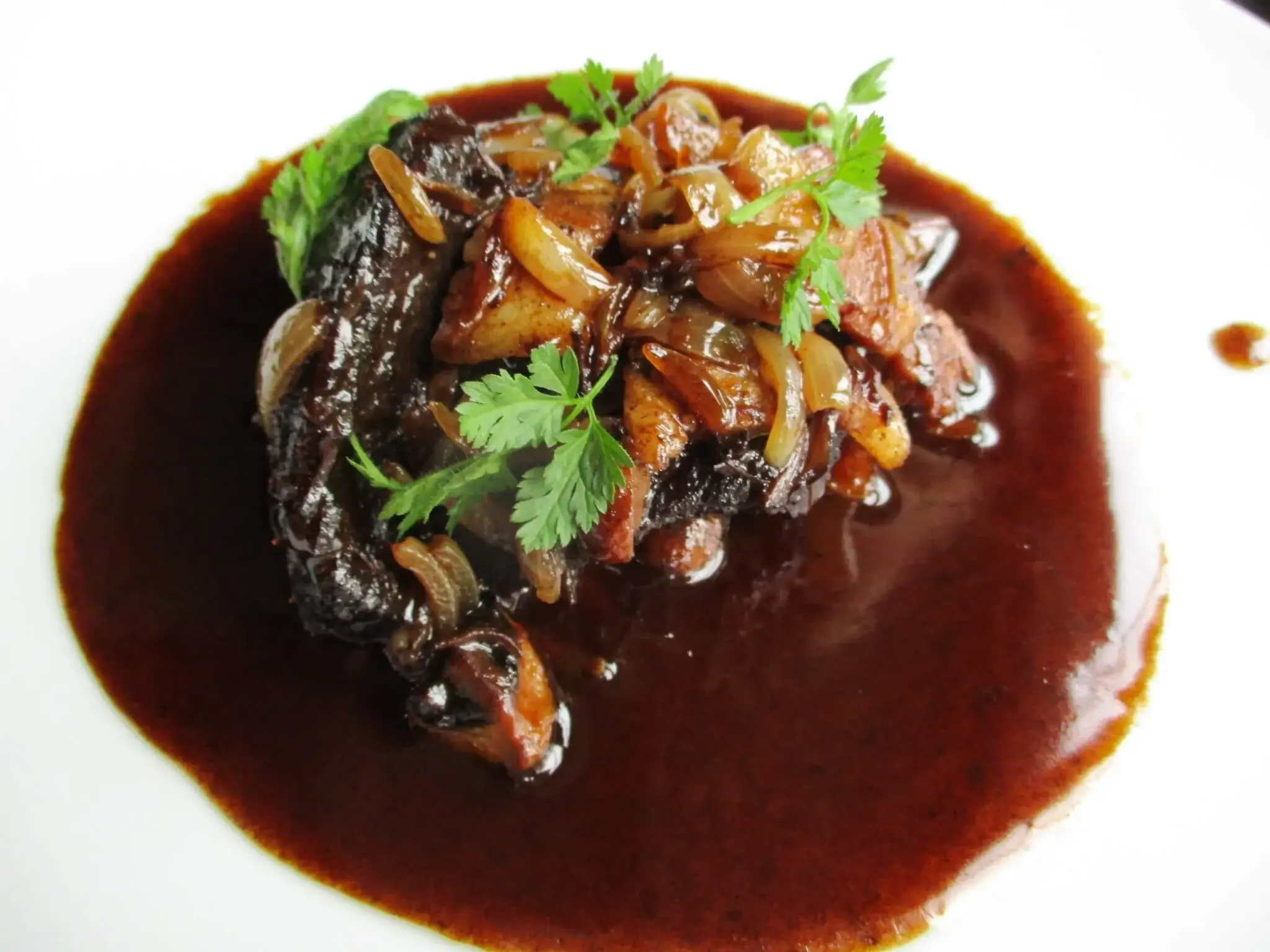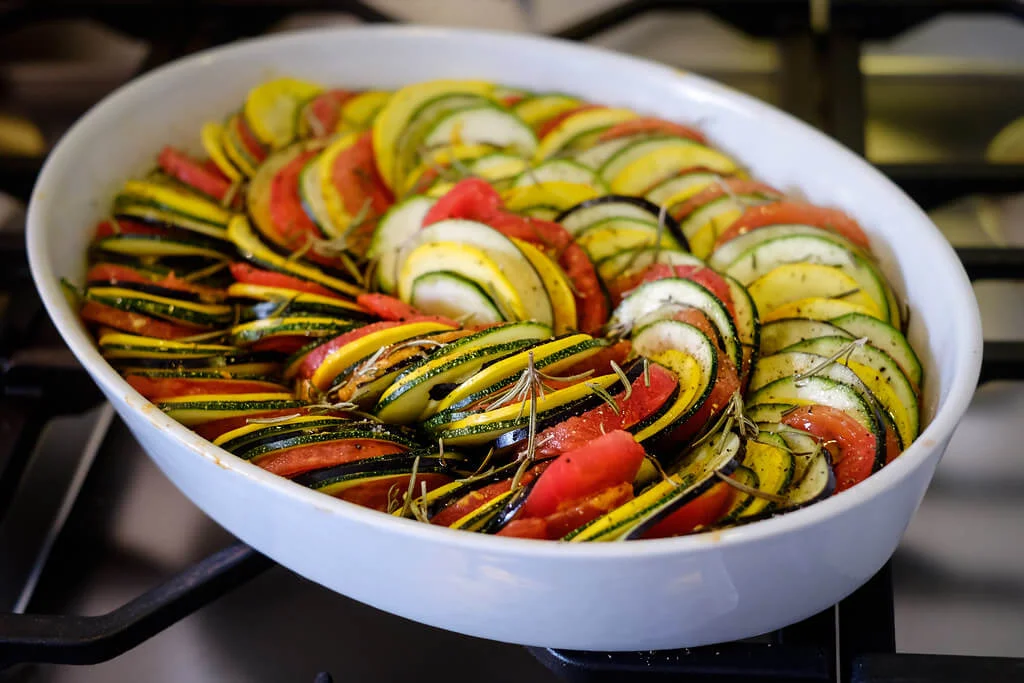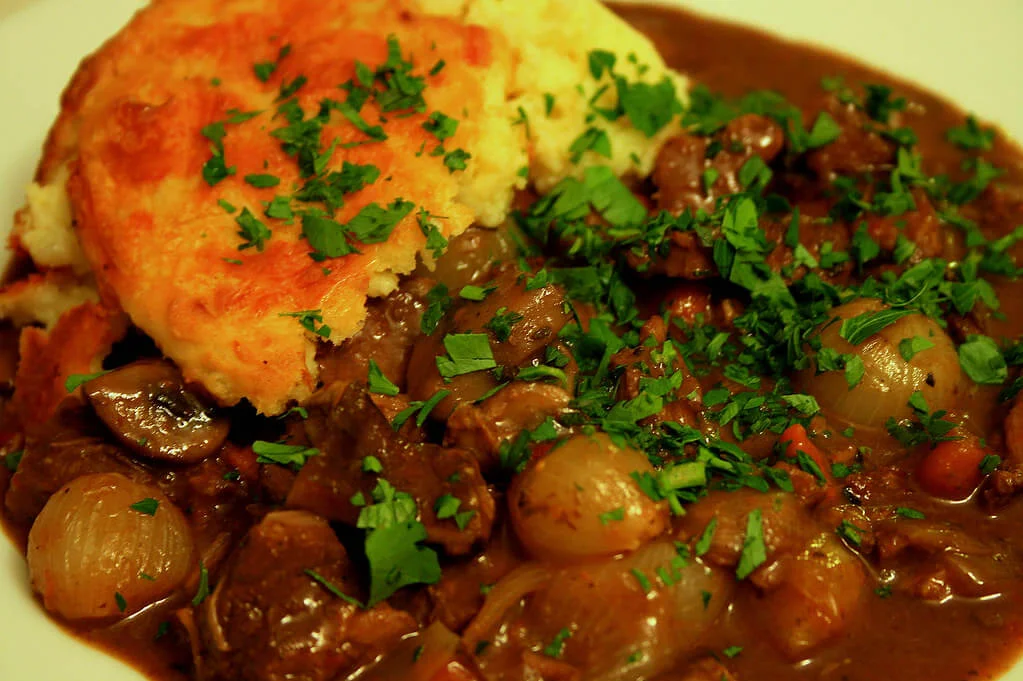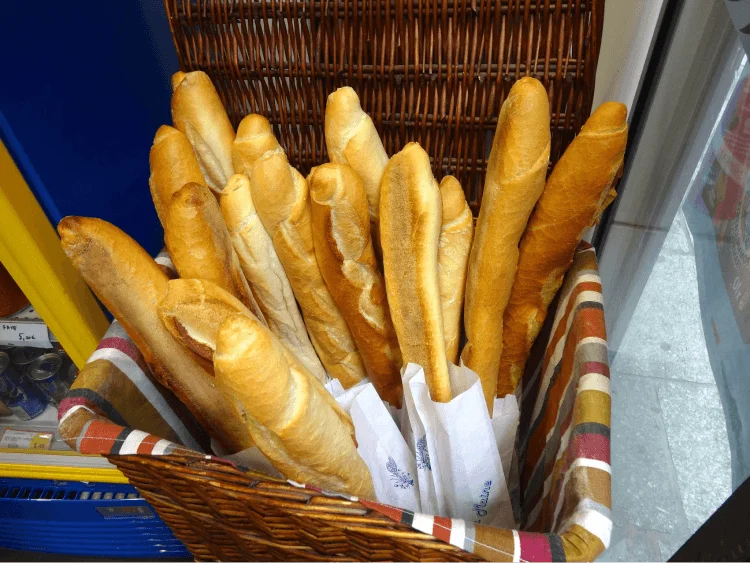Need an 8-day France itinerary? Here's a perfect itinerary covering Paris, Nice and Monaco, with tips for planning your own trip.
France is a dream destination for many, with its history, natural beauty and culture. But with so much to see and do, you'll want to map out your route. Let's start!
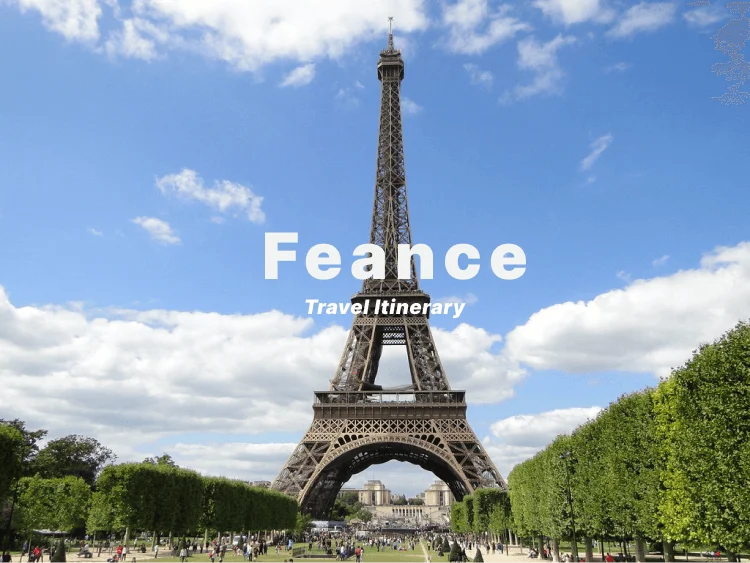
1. Considerations When Planning Your France Travel Route
Before diving into your French adventure, consider these key factors to ensure a smooth and enjoyable trip:
Budget: Determine your spending limits for flights, accommodation, food, and activities.
Accommodation Options: Choose from a variety of options, from budget hostels to luxurious hotels.
Time of Year: France’s climate varies; summer is great for beaches, while winter offers a cozy atmosphere.
Interests and Activities: Align your itinerary with your interests, whether it’s art, history, or outdoor activities.
Health and Safety: Stay informed about health advisories and safety tips.
Travel Restrictions and Visas: Ensure you have the necessary travel documents and are aware of any travel advisories.
2. Ideal Itinerary for an 8-Day France Trip
Experience the essence of France in 8 days, starting with the bustling streets of Paris, the glamorous French Riviera in Nice, and the opulence of Monaco.
France 8 Days Trip Table
Day | Destination | Recommended Routes |
1-3 | Paris | Day 1: Flore/Deux Magots Cafe, Luxembourg Garden, Shakespeare and Company, Notre Dame de Paris Day 2: Louvre, Orangerie Museum, Tuileries Garden, Arc de Triomphe Day 3: Pantheon, Orsay Museum, Pompidou Center, Night cruise on the Seine |
4 | Nice | Côte d’Azur, Old Town Nice |
5 | Monaco | Monaco citywalk, Eze town |
6-8 | Return to Paris | Day 6: Nice Cote d'Azur citywalk Day 7: Marais citywalk Day 8: shopping, departure |
Day 1: Paris Arrival and Exploration
The first stop is Paris, the city of lights and love! Today, take in the sights and sounds of Paris at some of the most famous locations.
What to Enjoy Today:
Flore/Deux Magots Cafe: Hemingway may be gone, but sit and have a coffee at this café where he and Sartre used to drink.
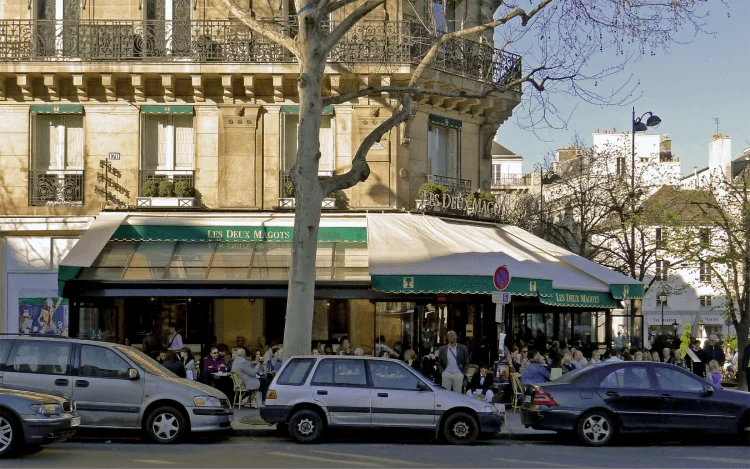
Luxembourg Garden: stroll the gardens at this expansive public park, home to soothing fountains, beautiful statuary, and the palatial Luxembourg Palace.
Notre Dame de Paris: Though the cathedral itself is under restoration, the grandeur of the exterior and surroundings of this gothic masterpiece remain a sight to behold.
Shakespeare and Company: Take in this legendary bookshop that once served as a gathering spot for English-speaking expats and remains a must-visit for literary types.
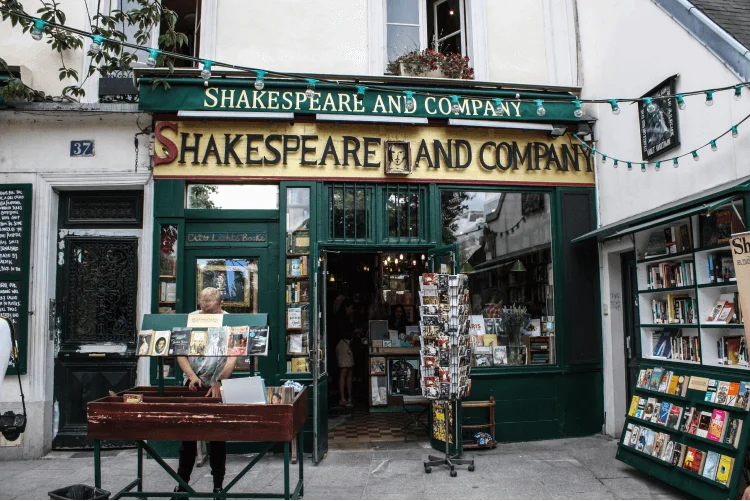
Evening Relaxation: Enjoy a wander after dinner through the nearby bustling Latin Quarter.
Where to Stay:
The Latin Quarter makes the ideal neighborhood for your first visit to Paris, boasting a wealth of street life and kept centrally enough to be a good location.
A Paris Museum Pass may be cost effective depending on your plans, while the city's public transit system is excellent, so take advantage of it!
Day 2: Art and History in Paris
Take in the art and history of Paris – there's a wealth of both to be found here.
What to Enjoy Today:
Louvre Museum: Spend the morning with timeless works like the Mona Lisa and the Winged Victory. It’s not just a museum, but history itself.
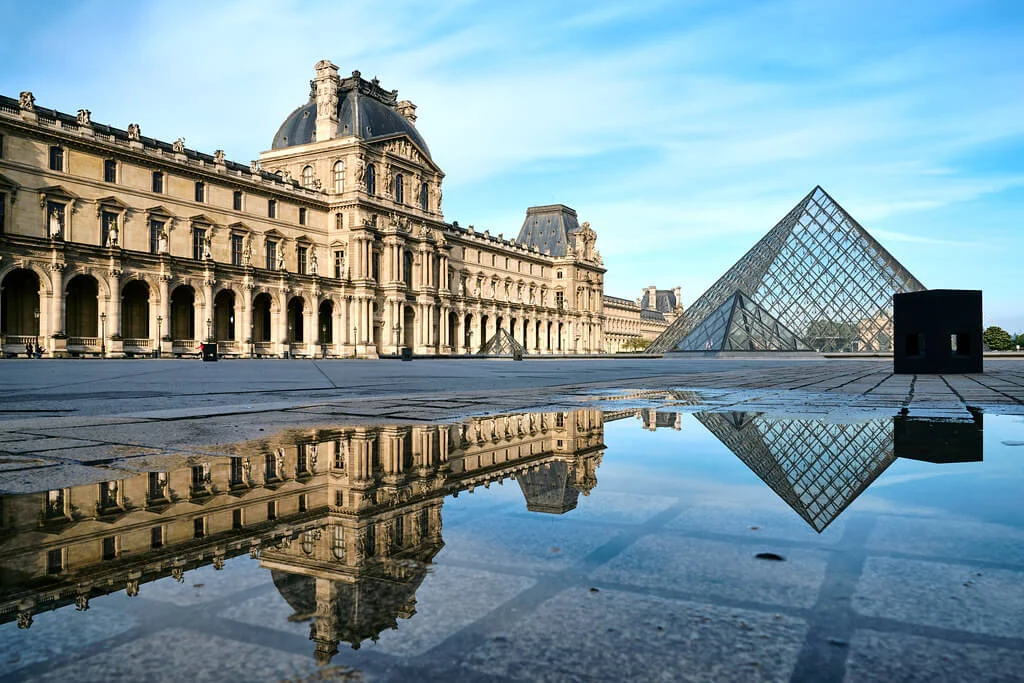
Orangerie Museum: A less well-known museum, but a must for art lovers, with Monet's Water Lilies displayed in a perfect, ambient space.
Tuileries Garden: After the museum, relax in these formal gardens that stretch from the Louvre to the Place de la Concorde.
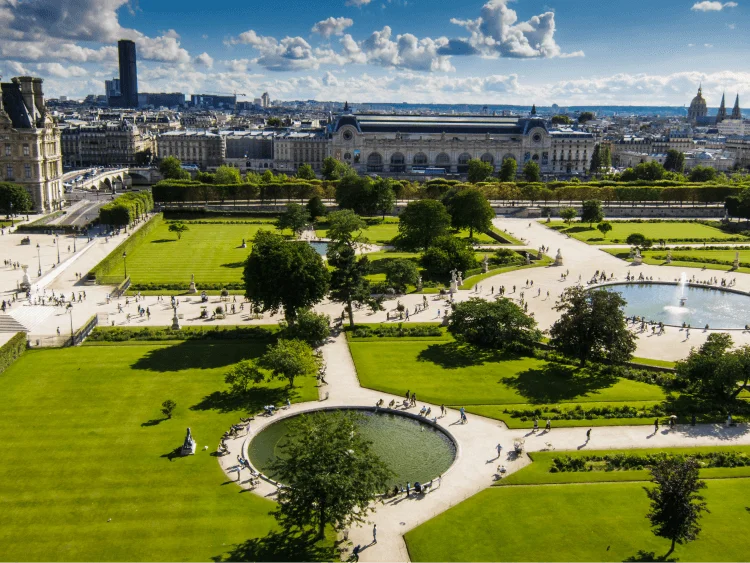
Arc de Triomphe: End your day with a climb to the top for breathtaking views across Paris. It’s especially beautiful at sunset.
Where to Stay:
A hotel in the Louvre area or near the Tuileries puts you among elegance, and close to the center of Paris.
Book skip the line tickets for the Louvre and Orangerie in advance – you'll thank yourself later.
Paris is a city for walking, so break in your most comfortable shoes before you arrive.
Day 3: Cultural Immersion in Paris
Continue your cultural exploration of Paris, focusing on modern art, history, and a romantic night cruise on the Seine.
What to See Today:
Pantheon: Spend the morning at this neoclassical structure and mausoleum, home to the remains of many notable French figures.
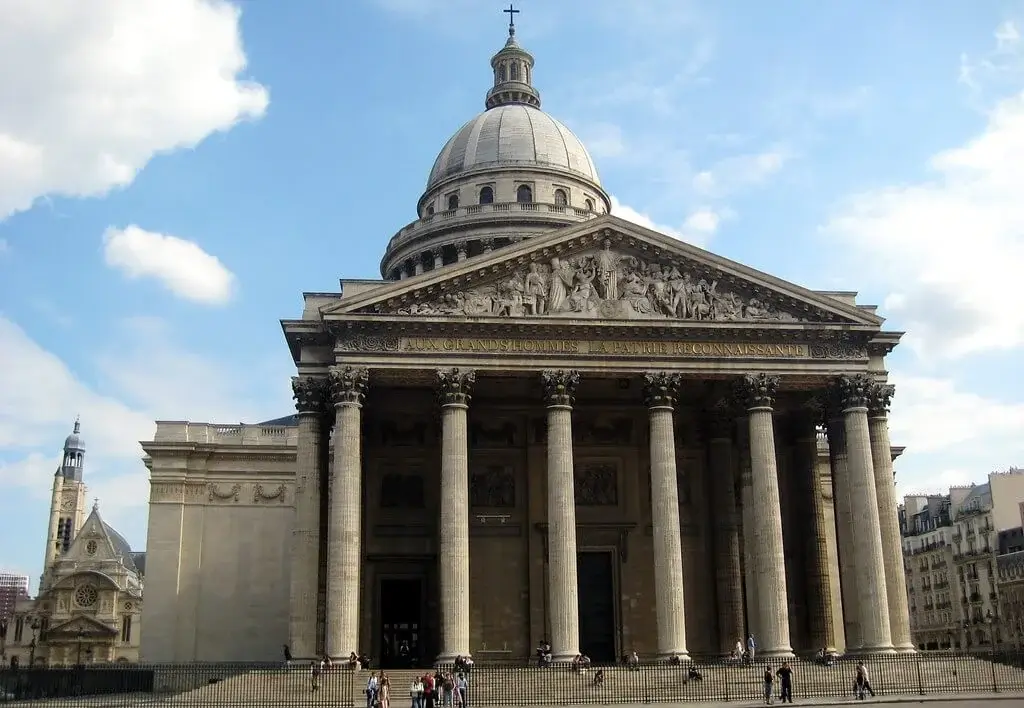
Musée d'Orsay: Housed in a Beaux-Arts railway station, this art museum features works by Van Gogh, Degas, and others.
Centre Pompidou: The high-tech building is as much an attraction as what's inside: a vast library, the National Museum of Modern Art, and a rooftop view of the city.
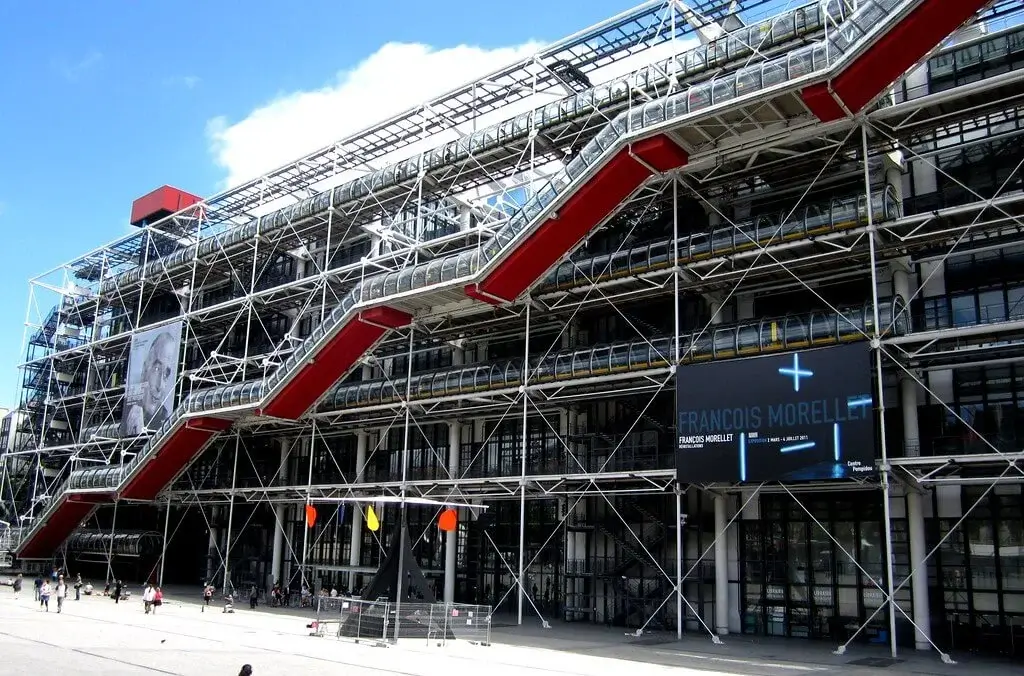
Evening Seine Cruise: Relax with a boat tour along the Seine. The illuminated city is unforgettable.
Where to Stay:
Remaining in the Latin Quarter, or switching to the Saint-Germain-des-Prés neighborhood, will offer plenty of dining and shopping options.
These attractions tend to be quieter in the morning. While advance booking isn't necessary for the Seine cruise, it'll secure you a better price and guarantee your spot.
Day 4: Nice and the French Riviera
Arrive in Nice, and immediately soak up the splendor of the French Riviera. In this haven of beaches and culture, you'll find the perfect balance of relaxation and exploration.
What to See Today:
Côte d'Azur: Start your morning on the pebbly beaches of Nice, known for their azure waters. Whether you're sunbathing or taking a dip, you'll have a memorable morning.
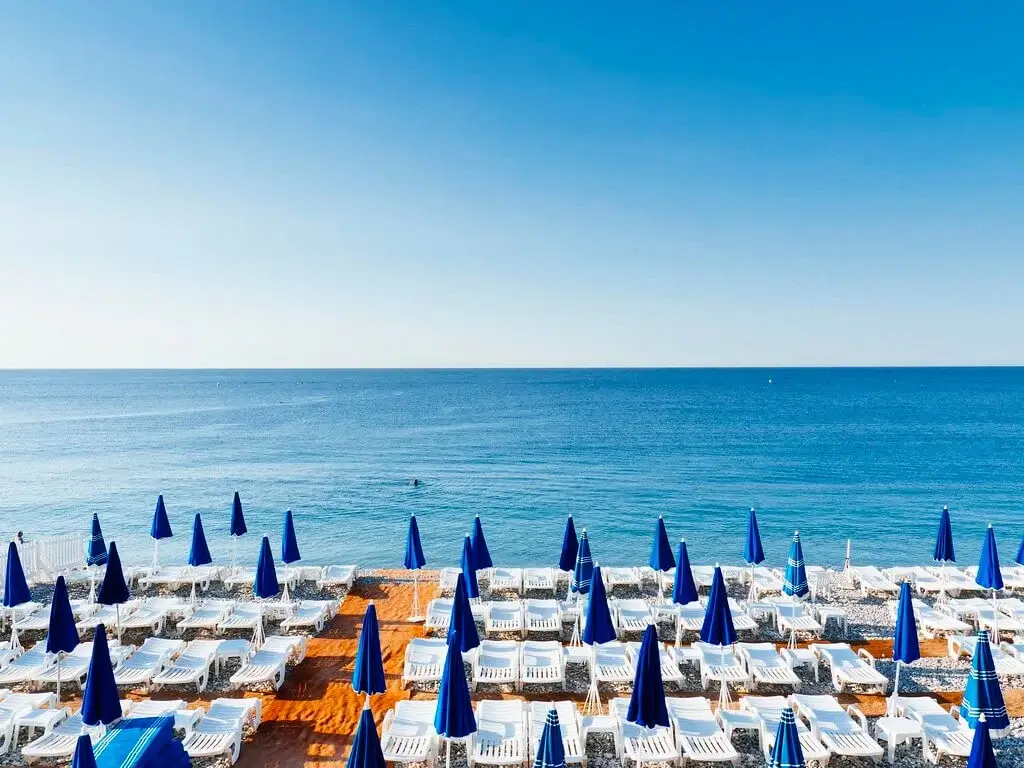
Old Town Nice (Vieux Nice): Head to the old town later, where the narrow streets are alive with markets and cafes serving local dishes.
Where to Stay:
Find accommodations near the celebrated Promenade des Anglais, a seafront promenade where you can catch spectacular ocean views and enjoy the beach and attractions nearby.
Don't forget sunscreen, a hat, and swimwear for the beach.
The markets in Old Town offer unique, handmade souvenirs.
Day 5: Monaco & Èze
Illuminate some of southern France's luxury while visiting the opulent principality of Monaco and Èze, a nearby medieval town.
What to See Today:
Monaco Citywalk: Spend the morning exploring Monaco, from the opulence of Monte Carlo, to the Prince's Palace, and the world-famous Casino de Monte-Carlo. Dotted around the city are the exotic gardens.
Èze Village: In the afternoon, visit Èze, a charming town perched on a hill. Wander the cobblestone streets filled with artisan shops, and take in stunning views of the Mediterranean.
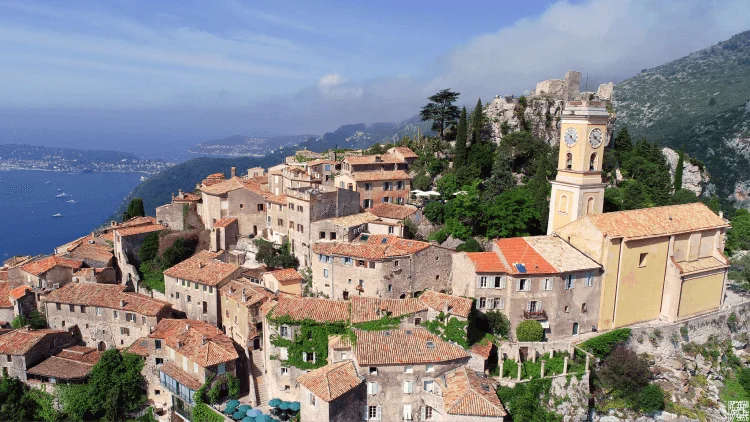
Where to Stay:
Return to Nice. Accommodations here are generally better value than in Monaco, and you'll appreciate the relative peace and quiet.
Wear sensible shoes for walking.
Bring a camera for some magnificent shots of the views from both Monaco and Èze.
Aim for the Prince's Palace at midday to witness the changing of the guard.
Day 6: Nice Côte d'Azur Citywalk
Return to Nice and dedicate the day to exploring more of this vibrant city and its rich cultural offerings.
What to Enjoy Today:
Castle Hill: Climb to the top of Castle Hill for panoramic views of the entire city and the bay. There’s also a lift for those who prefer an easier route.
Promenade des Anglais: Enjoy a leisurely stroll along this famous promenade, lined with cafes and street artists.
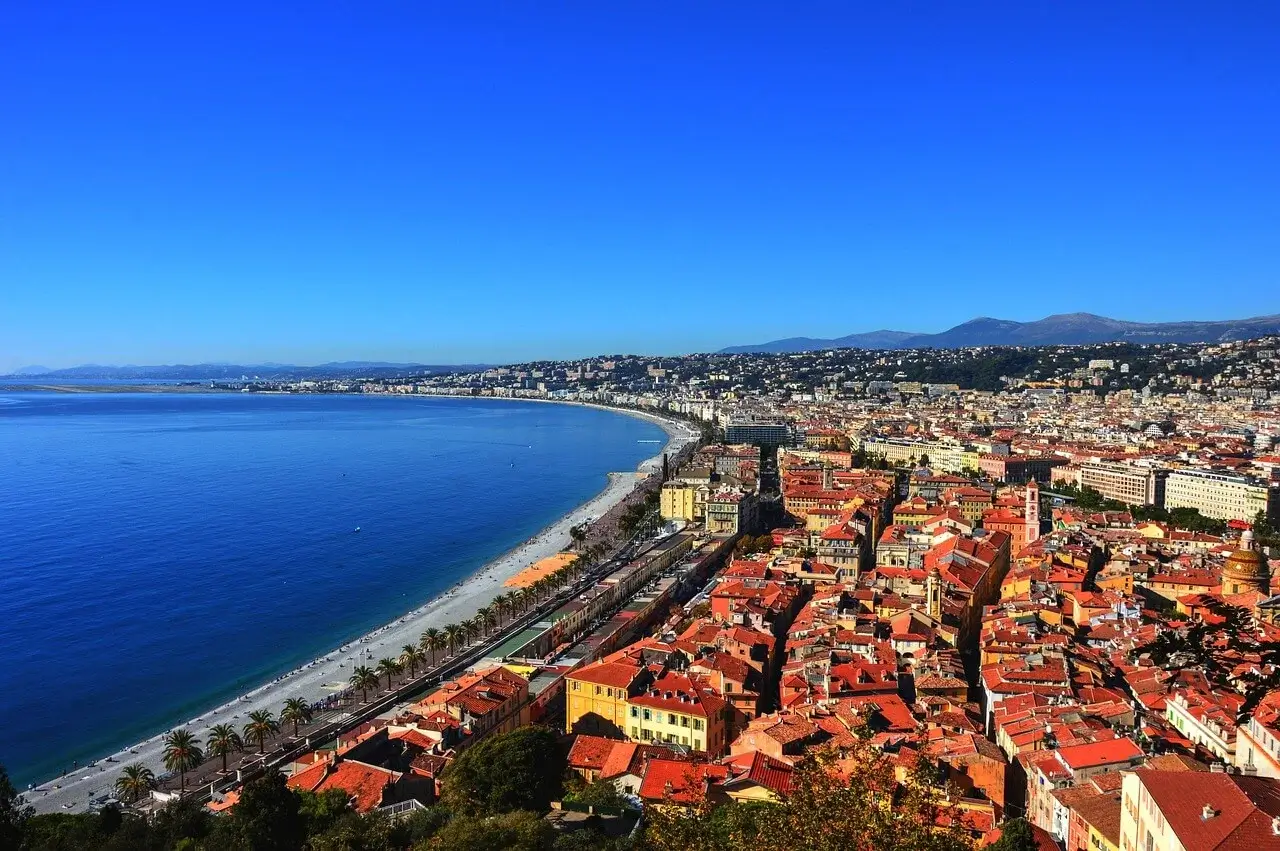
Marc Chagall Museum: It's the largest public collection of paintings by the artist, most famously known for his biblical themes in works suffused with rich color and deep emotion.
Flower Market in Cours Saleya: You can find fresh local produce and a variety of regional specialties, and also experience the vibrant colors and scents of the Flower Market.
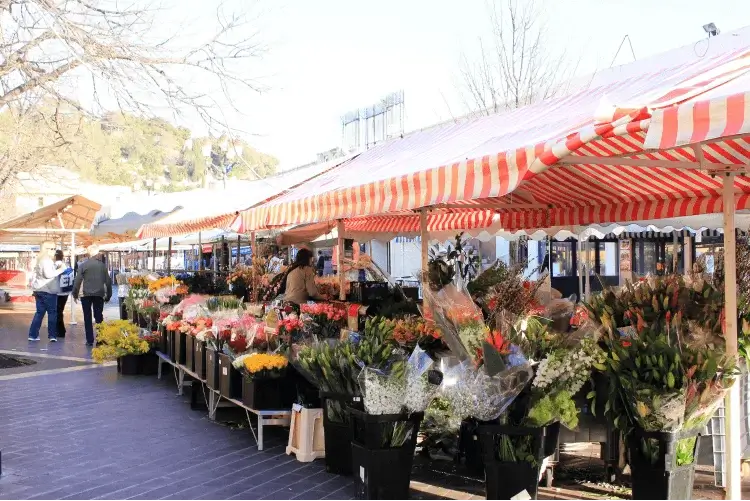
Where to Stay:
Take a reusable bag for market produce and a small backpack if you’re planning on a day trip.
Slow down – it’s your holiday, so savor local dishes rather than rush around.
Day 7: Marais Citywalk in Paris
Return to Paris and delve into the fashionable and historic Marais district, a fusion of classical beauty and contemporary cool.
What to Enjoy Today:
Place des Vosges: Enjoy some quiet time in Paris's oldest planned square, surrounded by beautiful red-brick buildings.
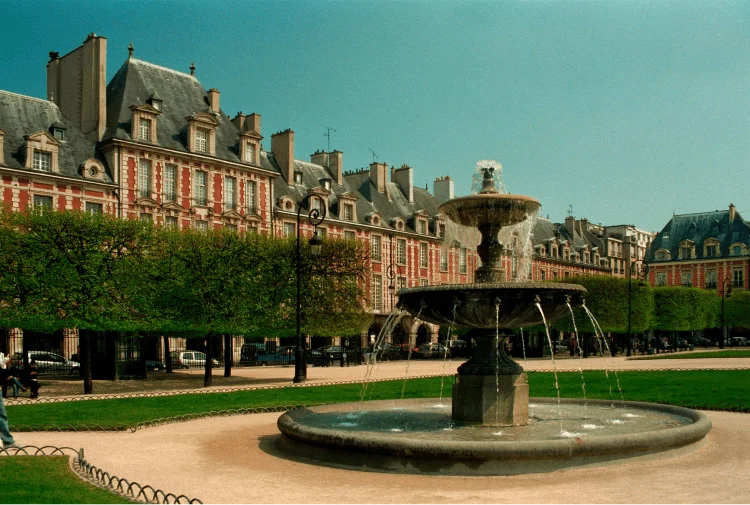
Picasso Museum: See a vast collection of Picasso’s works housed in a stunning mansion from the 17th century.
Jewish Quarter: Home to Paris' Jewish community, explore the history and culture of this district, and don't forget to check out the quirky shops and famously good falafel stands!
Boutique Shopping: Check out some of the area's unique fashion shops and great vintage stores.
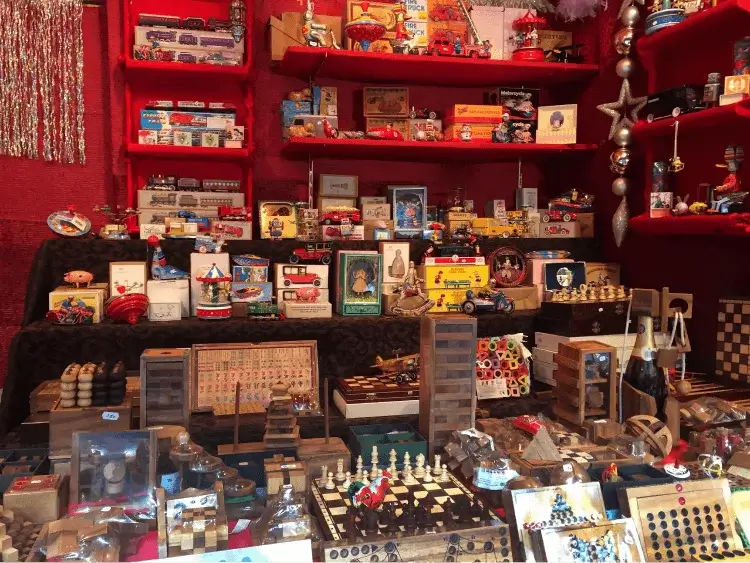
Where to Stay:
You'll need some comfy shoes to navigate those cobblestone streets, and a daypack to stash your fashion finds – and maybe sneak a snack in to keep your energy up!
Wear good walking shoes to navigate the district's cobbled streets, and take a light daypack to hold your great finds and any snacks you bring with you!
Day 8: Shopping and Departure
Spend your last day indulging in Parisian shopping before you head home.
What to Enjoy Today:
Galeries Lafayette and Le Bon Marché: Two of Paris’s grandest department stores, both full of fashion and beautiful architecture.
Rue de Rivoli: Wander this bustling shopping street that offers everything from high-end boutiques to more affordable options.
Souvenir Shopping: Pick up some mementos of your trip to take a little bit of France's magic home.
Where to Stay:
Choose a hotel near the airport or in central Paris for an easy journey to your onward travel.
Don’t forget to eat, check out of your hotel in good time, and to ensure your transport to the airport or onward is all sorted.
Remember to check, confirm your flight and understand the latest security.
Tips for Shortening/Extending the 8 Days Route:
Shortening: If you need to cut the trip shorter, consider skipping Monaco and focusing solely on Nice and Paris.
Extending: For those who can extend their stay, consider adding a day trip to Versailles or a few days in the Loire Valley to explore the stunning châteaux and vineyards.
3. Top 10 French Foods and Drinks
You’ve seen what France has to offer in terms of sights and scenes, but what about tastes and aromas? French cuisine is some of the most reputed in the world, and it truly is as sumptuous as they say.
Here are ten experiences your taste buds can’t afford to miss.
1. Croissant:
A buttery, flaky breakfast must-have. The best croissants are freshly baked, exposing a golden exterior and soft, layered center.
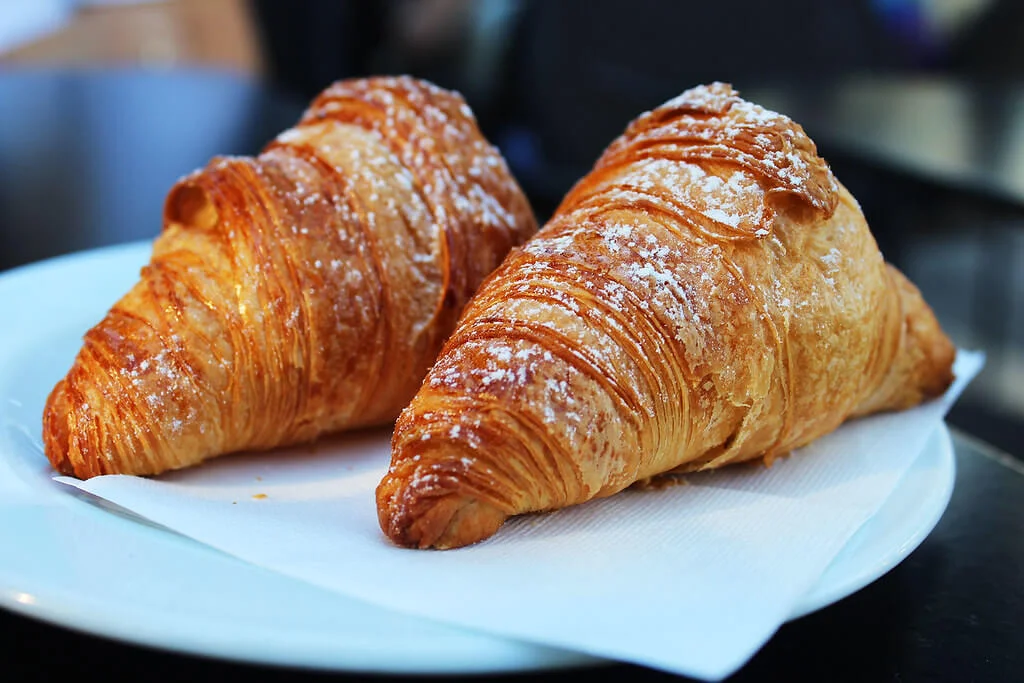
2. Escargots:
Snails. No, hear us out – snails cooked in garlic butter is a surprisingly luxurious French delicacy, and this uniquely tender and garlicky hors d'oeuvre is delicious.
3. Coq au Vin:
Chickens simmered in red wine, with mushrooms, bacon, and onions. This hearty dish is packed with flavor, as the chicken tenderizes and soaks up the deep tastes of Burgundy wine and classic French aromatics.
4. Bouillabaisse:
A fish stew hailing from Provence. Traditionally made with various Mediterranean fish and shellfish, this rich dish is flavored with saffron, orange peels, and fresh fennel – a masterpiece for seafood lovers.
5. Ratatouille:
A stewed vegetable dish. Aubergines, courgettes, peppers and tomatoes are the key components, slow-cooked with herbs and olive oil, summing up the sophistication and simplicity of Provençal cuisine.
6. Quiche Lorraine:
A custard pie with bacon and cheese. Not as sweet as its dessert-loving cousins, this savory treat can be enjoyed at any temperature.
7. Boeuf Bourguignon:
Slow-cooked beef stew. Another red wine cuisine, this time Burgundy blend of beef, mushrooms, onions, and more in a rich sauce will make you feel at home.
8. Crème Brûlée:
Rich custard topped with a caramelized sugar crust. With its creamy vanilla custard and crispy caramel top, Crème Brûlée is a beloved French dessert that delights with its contrasting textures.
9. Baguette:
Iconic French bread, crispy on the outside, soft inside. Often enjoyed with cheese or as a sandwich base, the baguette is a symbol of French culinary tradition, perfect in its simplicity and taste.
10. Macarons:
Colorful macaroons with a variety of fillings. These sweets come in a variety of flavors, from classic vanilla and chocolate to more exotic flavors like lavender and rose.
4. Additional Tips for Traveling in France
Packing Essential
Pack for France's varied weather and activities.
Be sure to bring a pair of comfortable shoes for sightseeing, a light coat (or an umbrella) for the rain, and—if your electronic devices need them—an adapter plug.
Layers are great if you anticipate moving between different weather systems— or even just between regions within France.
Cash and Local Apps for Payments and Transportation
Although credit cards are widely accepted in France, it's always useful to have some cash to hand for small expenses, particularly outside of urban areas.
Local apps such as Lydia and Paylib make cashless transactions simple to navigate locally.
For travel, download public transport apps like Citymapper and ridesharing apps such as Uber.
If you’re taking trains, the SNCF app is essential for schedules and ticket booking.
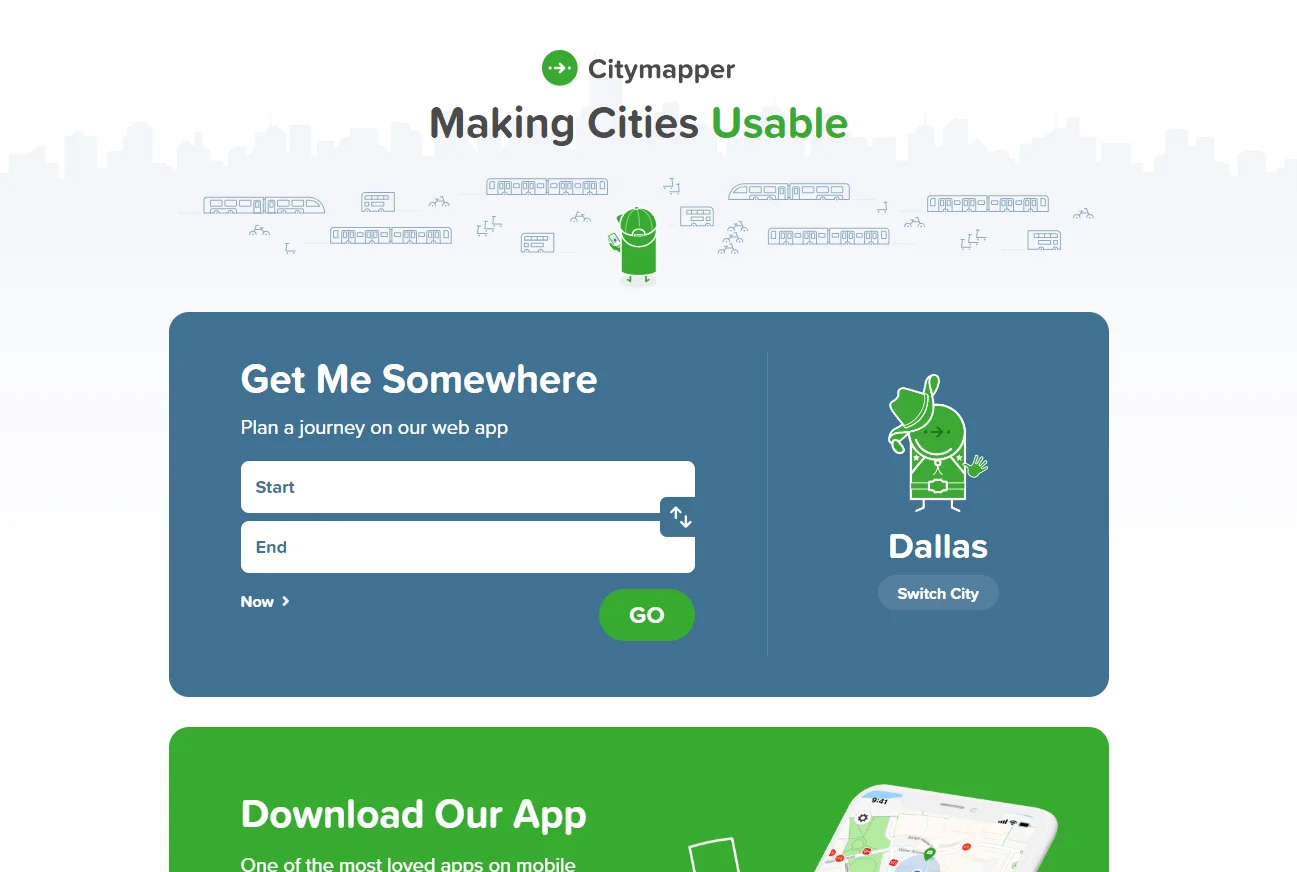
Local Etiquette and Mores
Some local knowledge can make all the difference to your trip.
Be sure to greet people with a "Bonjour" in the morning or "Bonsoir" in the evening, and remember your "Merci", "S'il vous plaît", and "Excusez-moi" to show politeness.
Use "vous", not "tu", when referring to strangers or in formal settings.
Consider dressing modestly when visiting churches, and avoid being overly rowdy in public.
Getting Around: Getting Around
When it comes to getting from A to B in France, there is a wealth of options.
The high-speed TGV train gets you between major cities swiftly, and regional trains and buses cover less-populated areas.
In the capital, Paris' Metro system is superb, while its tramway continues to expand.
Many cities also have extensive bike lanes - consider renting one in urban centers.
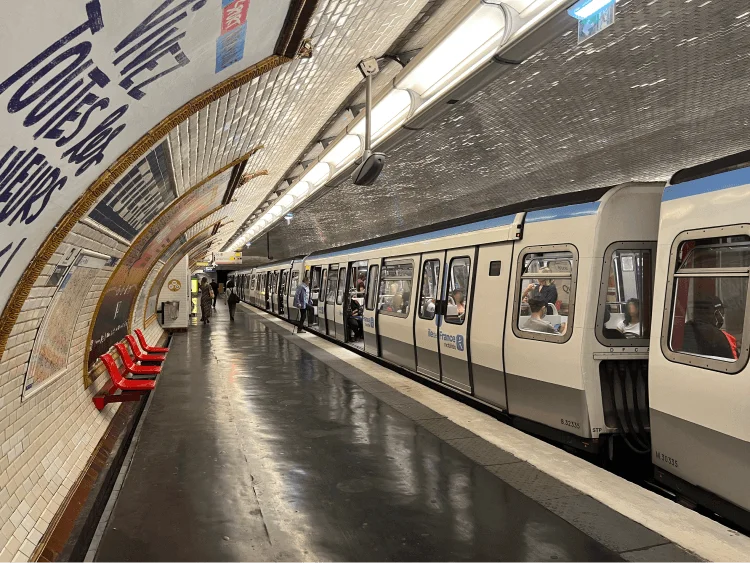
Renting a Car or Scooter
Picking up a car (or scooter, in built-up areas or on islands) can afford you access to otherwise hard-to-reach destinations.
Make sure you have an international driving permit, if renting a car (some companies demand it) and swot up on French road rules and signage.
If you're taking the car, remember that scooter riders require a helmet.
Prepare for the network of toll roads if you're planning a road trip covering the length of the country.
Communication: Language Cheats
While many French will have a smattering of English, a few words in their language can always grease the wheels.
"Bonjour" (Hello), "S'il vous plaît" (Please), and "Où est…" (Where is…) are good ones to start.
Apps like Duolingo or Babbel can help you brush up on the basics before you go.
While phrasebooks come in usefully small forms.
Summary
I hope this detailed 8-day travel France itinerary gives you a wonderful adventure!
Here's to savoring every moment, be it a morning café au lait along the Seine or afternoon sun on the Côte d'Azur.
Bon voyage and may your adventures be as wonderful and full of joie de vivre as the French truly are!
